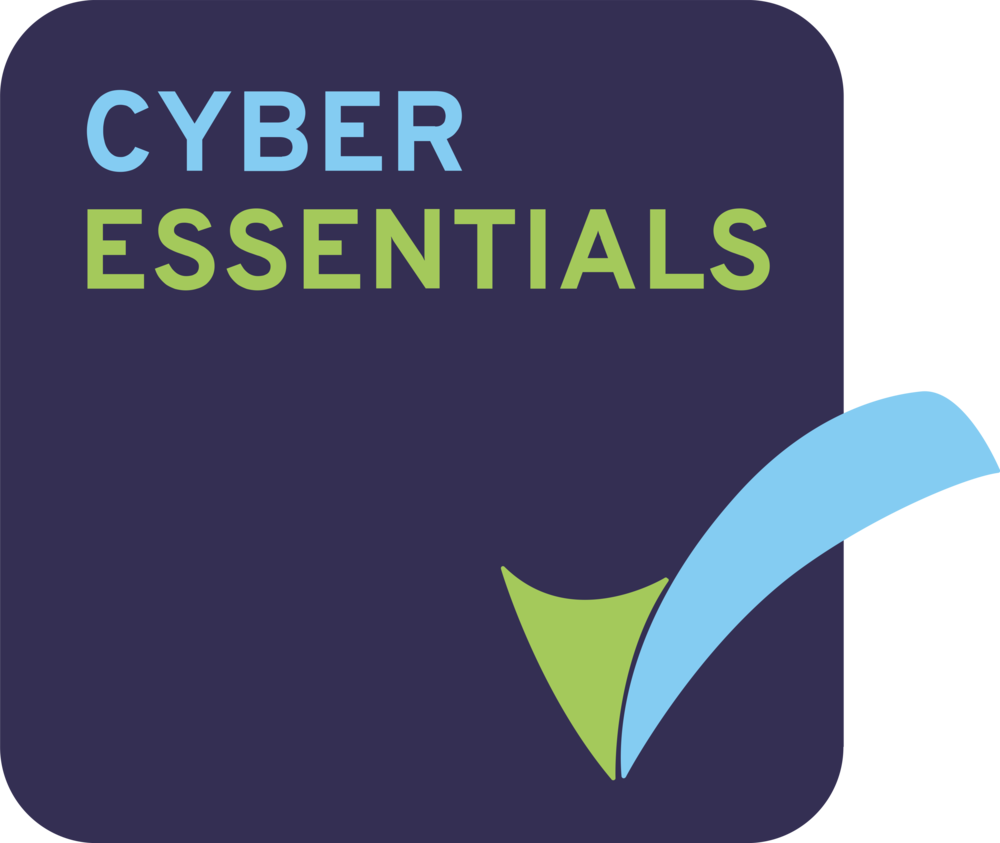In 2015, our article ‘3 Ways Workforce Management (WFM) can Improve Policing Efficiency’ we touched on how scheduling, forecasting and real time adherence can help the police force improve quality of service and workforce planning, by increasing both resource efficiency and availability whilst reducing unnecessary expenditures.
Following on comments and conversations initiated by this article, another important factor emerged. Maintaining employee morale and providing sufficient learning and development opportunities, was highlighted by police workforce planners as one of the key challenges they strive to improve. And it is true. Police force employees are tasked with following government guidelines, meeting public expectations, addressing demands from their own and other forces, and maintaining public safety; in such a high pressure environment it is easy to lose sight of the needs of the individual.
Driven by this discussion, in this article we highlight how WFM Self-Service functionality available in most new Workforce Management solutions, can help empower staff and improve morale and service levels within Police command centres.
WFM Self-service allows employees to view their schedule, enter work pattern preferences and holiday requests, check messages and monitor their performance. The level of autonomy and the options and features available can be modified by the planners to achieve the desired balance.
Common self-service features include:
-
WFM: Preference Based scheduling
Employees may state their preferred days and times to work, as well as their preferred times for additional activities, such as breaks and training.
-
WFM: Overtime availability
They can also enter their availability for overtime should they wish to put in some extra hours if and when the need arises.
-
WFM: Holiday planning
Employees can submit vacation and other ad-hoc absence requests, whereas depending on the pre-set allowances or service level targets, these requests can be automatically accepted, denied or put on a wait list, with the schedule updated accordingly.
-
WFM: Shift trading
Employees are able to view colleague schedules and request to trade a shift, always through the self-service platform. Here too, rules are established by the workforce planning and resource planning team to ensure that service levels are met at all times, so, for example, shifts can be traded only among employees with the same experience, skill or specialisation.
-
WFM: Performance reporting
Employees don’t have to wait for a meeting to get feedback on their performance. Through the self-service platform they can view their performance report with adherence, number of calls answered, average call duration and other key metrics of the command centre.
Self-service does not just benefit the employee; it can make a big difference for the department as a whole:
- Staff morale is improved as they have increased influence on their schedules and performance
- Sense of trust and empowerment leads to better performance and focus
- Staff deployment is optimised leading to reduced overtime costs
- Service level stabilises with less supervisory effort and reduced incidences of under- or over- staffing
- Supervisory and admin work is reduced through automation
Workforce Management (WFM) Training
As a final note, we know from our experience that for an organisation to gain the full benefit of a workforce management system, administrators (workforce planners, supervisors etc) need to receive adequate training.
One of the biggest issues that police forces have with WFM tools is that they are not always trained on how to use them. In some cases, they are not even made aware of the system’s full range of functionalities. We highly recommend that administrators request appropriate and comprehensive training from their WFM provider not only during the deployment phase but on regular intervals after that in order to learn about new system updates and features, get answers to any question they may have and find out how other organisations are using it.
If you want to find more about how Workforce Management (WFM) Self-service functionality can help workforce planning and empower the staff of Police Command Centres, get in touch with our team.















